Glenfarg South Tunnel
Glenfarg South Tunnel
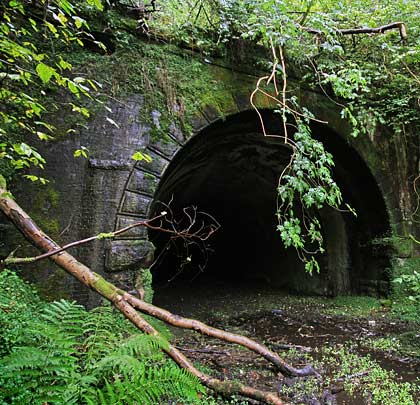
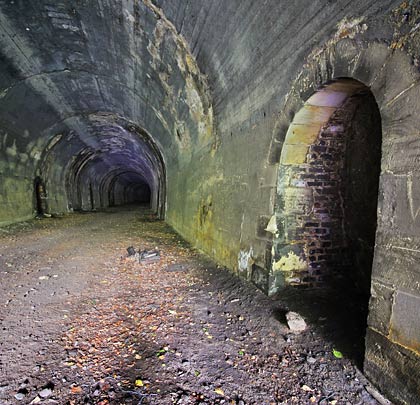
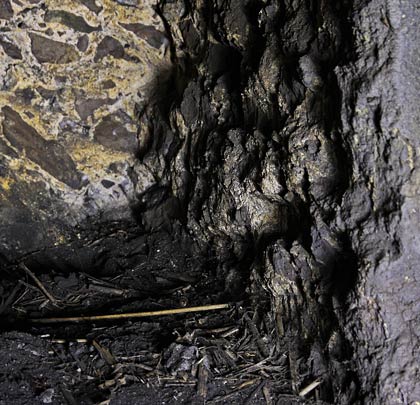
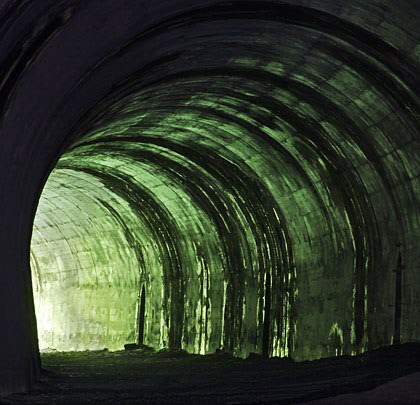
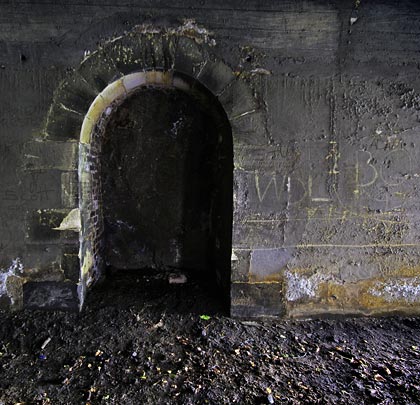
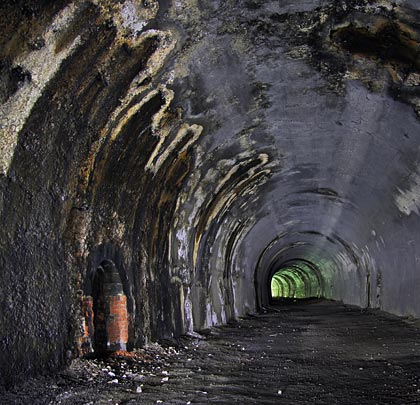
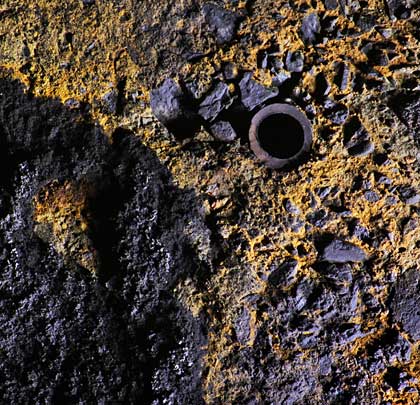
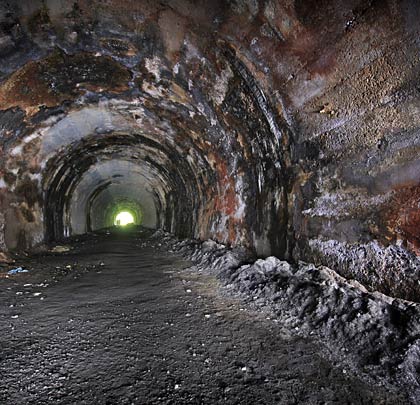
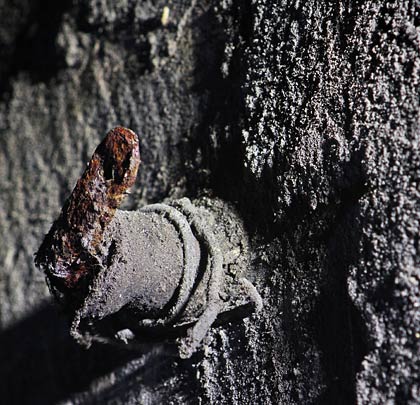
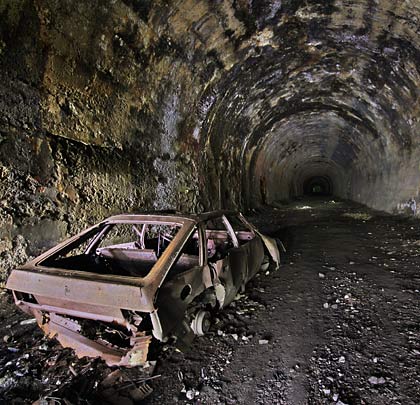
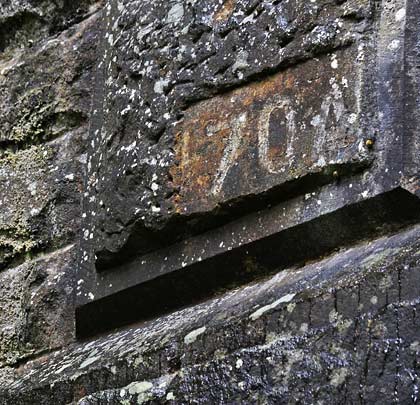
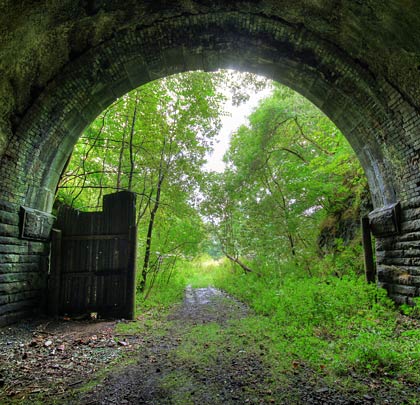
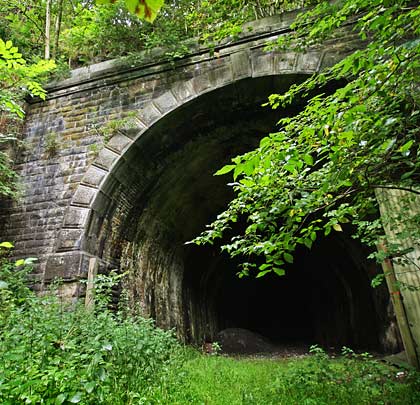
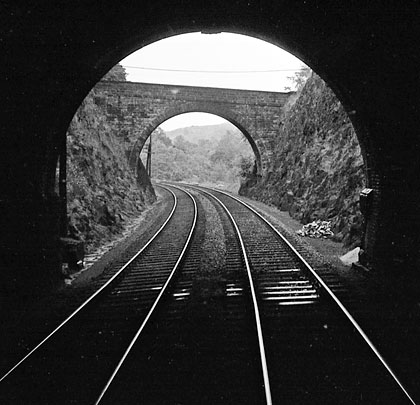
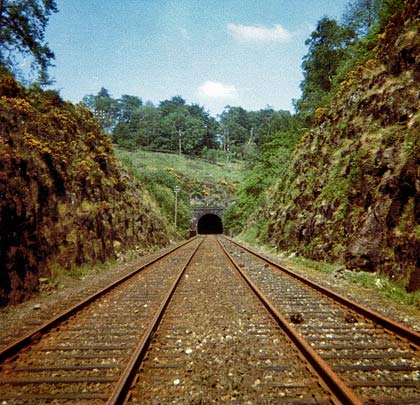















The Forth Bridge revolutionised travel between Edinburgh and Fife, which had previously relied on the boat at Queensferry or a circuitous trip via Stirling. More latterly, the Alloa rail bridge shaved off a few miles. Work on the Forth Bridge got underway in 1882, prompting the development of several other lines to improve connections to and from it.
The city of Perth, 27 miles to the north, was served by railways from the north, west and east. To greatly reduce journey times into Edinburgh, the North British Railway drove a ten-mile route southwards from the Bridge of Earn, rejoining its network at Mawcarse Junction. To conquer the hilly ridge between them, two viaducts and two tunnels were needed in a little over 1½ miles. This section formed part of a challenging 1:74 ascent to the summit at Glenfarg which gave its name to one of the viaducts and both tunnels.
Responsible for the route was William Galbraith in his capacity of consulting engineer to the North British, a role he fulfilled from 1880-90. Messrs Charles Brand & Sons acted as contractor, obligated to complete the works by the end of 1889.
Marginally, Glenfarg South Tunnel was the longer of the two, extending for 517 yards from a point immediately north of the first viaduct. Measuring 26 feet across, it is straight for the first 350 yards before a curve to the west of about 40 chains in radius is encountered.
The south portal is masonry-built, but the lining beyond is entirely concrete – Galbraith’s signature material – except for the ample refuges which feature stone voussoirs with brick walls. Weep pipes were inserted to allow water to escape from behind the otherwise impenetrable lining. The use of concrete was so novel that the Board of Trade inspector, Major Marindin, insisted that holes be cut in it for examination purposes when he arrived to inspect the line on Saturday 10th May 1890. He pronounced the result to be “infinitely better than brickwork”.
The north portal looks out into a lengthy cutting, spanned by a bridge after 60 yards. Its voussoirs are attractively bevelled stone, whilst the headwall is fashioned mostly from engineering brick, although this is unlikely to be original.
Construction had been attended by a number of fatal accidents. On Tuesday 6th December 1887, 48-year-old James Matheson, a labourer from Skye, was struck on his side with great violence after a shot was fired in the heading, propelling a stone towards him as he stood 40 yards away. Knocked to the ground and rendered insensible, he was removed to his lodgings but expired before medical attention arrived.
On Tuesday 11th September 1888, a labourer named Gray, aged 35, had to have his left leg amputated after it was crushed by a falling rock. He also sustained a head injury. Thursday 12th December 1889 saw an explosion seriously injure a labourer on the night shift, ultimately claiming him. Despite this trail of devastation, work on the line was finally completed at end of April 1890.
Services continued for a few months short of 80 years, ending on 5th January 1970. Despite being the shortest route from Perth to Edinburgh by some distance, the railway through Glenfarg was sacrificed to allow the M90 motorway to occupy sections of the trackbed.








